Patient Journey
The patient's journey for gallbladder disease treatment can be a complex process involving various care stages.
Symptom Recognition
Individuals suffering from gallbladder disease often experience symptoms that may prompt them to seek medical attention. These symptoms include:
- Abdominal pain, usually localised in the upper right quadrant, often after eating a fatty meal
- Nausea or vomiting
- Indigestion, bloating, or gas
- Jaundice, or yellowing of the skin, in more severe cases
Recognising these symptoms is the first step in the patient's journey toward a diagnosis and treatment.
Consultation
Once symptoms are recognised, the next step typically involves scheduling an appointment with a primary care provider (PCP). This visit includes:
- Clinical examination: The PCP will conduct a thorough physical examination, paying close attention to the abdominal area.
- Discussion of symptoms and medical history: The patient and provider will discuss symptoms, their duration, and any other relevant medical information. Understanding a patient's medical history and lifestyle can help the PCP to determine the next best course of action.
Diagnostic Testing
If gallbladder disease is suspected, diagnostic tests may be ordered to confirm the diagnosis, including:
- Blood tests can help identify an infection, inflammation, or other abnormalities.
- Imaging studies: Ultrasound is usually the first choice, as it's excellent at visualising gallstones. CT scans or MRIs may also be used in some cases.
- HIDA Scan provides a detailed view of the gallbladder function and can highlight any dysfunction or obstruction.
Referral to a Specialist
Depending on the diagnostic findings, the PCP may refer the patient to a gastroenterologist or surgeon specialising in gallbladder diseases. This specialist will:
- Further assess the condition: More in-depth evaluation may be necessary to understand the full scope of the disease.
- Order additional testing if required: Further tests may occasionally be needed to pinpoint the exact problem or rule out other underlying issues.
Treatment Planning
Treatment planning is a collaborative process between the healthcare provider and the patient:
- Review of test results: The provider will explain the findings and what they mean for the patient's health.
- Discussion of treatment options: Various treatments are available, from dietary adjustments to surgery, depending on the severity and type of gallbladder disease.
- Shared decision-making: The provider and patient will work together to choose the best treatment approach based on the patient's unique needs and preferences.
Choosing the Right Treatment Approach
Choosing the right treatment approach for gallbladder issues is crucial to achieving the best possible outcomes. Here are some factors to consider when selecting the appropriate treatment approach:
- Diagnosis and Evaluation: Accurate diagnosis is essential for determining the appropriate treatment. This may involve imaging tests, blood tests, and other diagnostic procedures to identify the underlying gallbladder condition.
- Severity of the Gallbladder Issue: The severity of the gallbladder problem plays a significant role in determining the treatment approach. Mild conditions may be managed with conservative measures and medications, while more severe cases may require surgical intervention.
- Presence of Complications: If the gallbladder condition has led to complications like infection, inflammation, or gallstone obstruction, immediate medical attention and intervention may be necessary.
- Patient's Overall Health: The patient's overall health and medical history are critical in deciding the treatment approach. Certain treatments may be contraindicated for individuals with specific medical conditions or risks.
- Age and Lifestyle: Age and lifestyle factors may influence the treatment choice. Surgical interventions may be more feasible for younger, healthier individuals, while older patients with multiple health issues may opt for less invasive approaches.
- Treatment Risks and Benefits: The healthcare provider should thoroughly discuss the risks and benefits of each treatment option with the patient, enabling them to make an informed decision based on their preferences and priorities.
- Patient Preferences and Goals: Patient preferences and goals should be considered when selecting a treatment approach. Some patients may prioritise preserving the gallbladder, while others may prefer a more definitive solution like cholecystectomy.
- Multidisciplinary Approach: In complex cases, a multidisciplinary approach involving specialists from different medical fields may be necessary to develop the most effective treatment plan.
- Follow-Up and Monitoring: The chosen treatment approach should include a plan for post-treatment follow-up and monitoring to ensure the effectiveness of the treatment and detect any potential complications.
Non-Surgical Treatment
If surgery is not immediately necessary, the treatment might include:
- Prescription medications: These can control pain or assist in dissolving gallstones in some cases.
- Diet and lifestyle modifications: These changes can often alleviate symptoms, including a low-fat diet, weight loss, and exercise.
- Monitoring and follow-up appointments: Regular appointments will help the provider track progress and adjust the treatment as necessary.
Surgical Treatment
Should non-surgical treatments fail or if the condition is severe, surgery might be the best option:
- Preoperative assessment includes a detailed examination to ensure the patient is fit for surgery.
- Surgery scheduling: The procedure, often a cholecystectomy, is scheduled, and preoperative education is provided.
Surgery
The surgery day includes:
- Hospital admission: The patient is admitted to the hospital.
- Anaesthesia and surgical procedure: The gallbladder may be removed, or other surgical interventions may be performed.
- Postoperative care: Care is provided in the hospital until the patient is stable and ready to be discharged.
Postoperative Follow-Up
After surgery, the patient will need to:
- Follow discharge instructions: This includes wound care, medication, dietary restrictions, and activity limitations.
- Attend follow-up appointments: Regular visits will ensure proper healing and address any potential complications.
Recovery and Ongoing Management
The recovery period might include the following:
- Gradual return to normal activities: This will depend on the type of surgery and individual recovery rate.
- Continued dietary or lifestyle changes: Ongoing management may include maintaining a healthy diet and lifestyle.
Addressing Complications
If complications arise, immediate attention is necessary:
- Treatment of complications: This might include additional medications or interventions.
- Ongoing monitoring: Regular appointments will ensure the complications are effectively managed.
The journey of gallbladder disease treatment can be multifaceted and may vary depending on individual needs, severity, and type of gallbladder disease. Understanding each stage of this journey can empower you to take an active role in your healthcare and work collaboratively with your healthcare providers to achieve the best possible outcomes.






